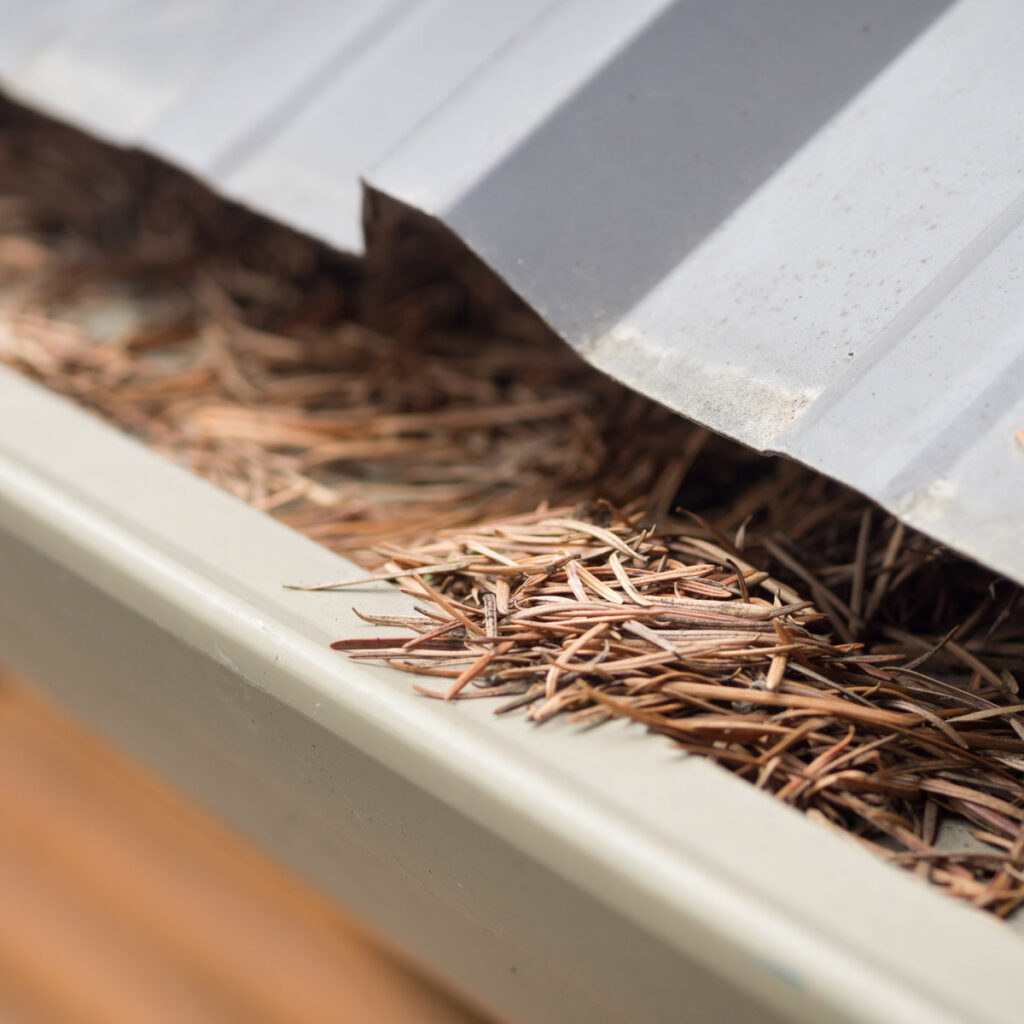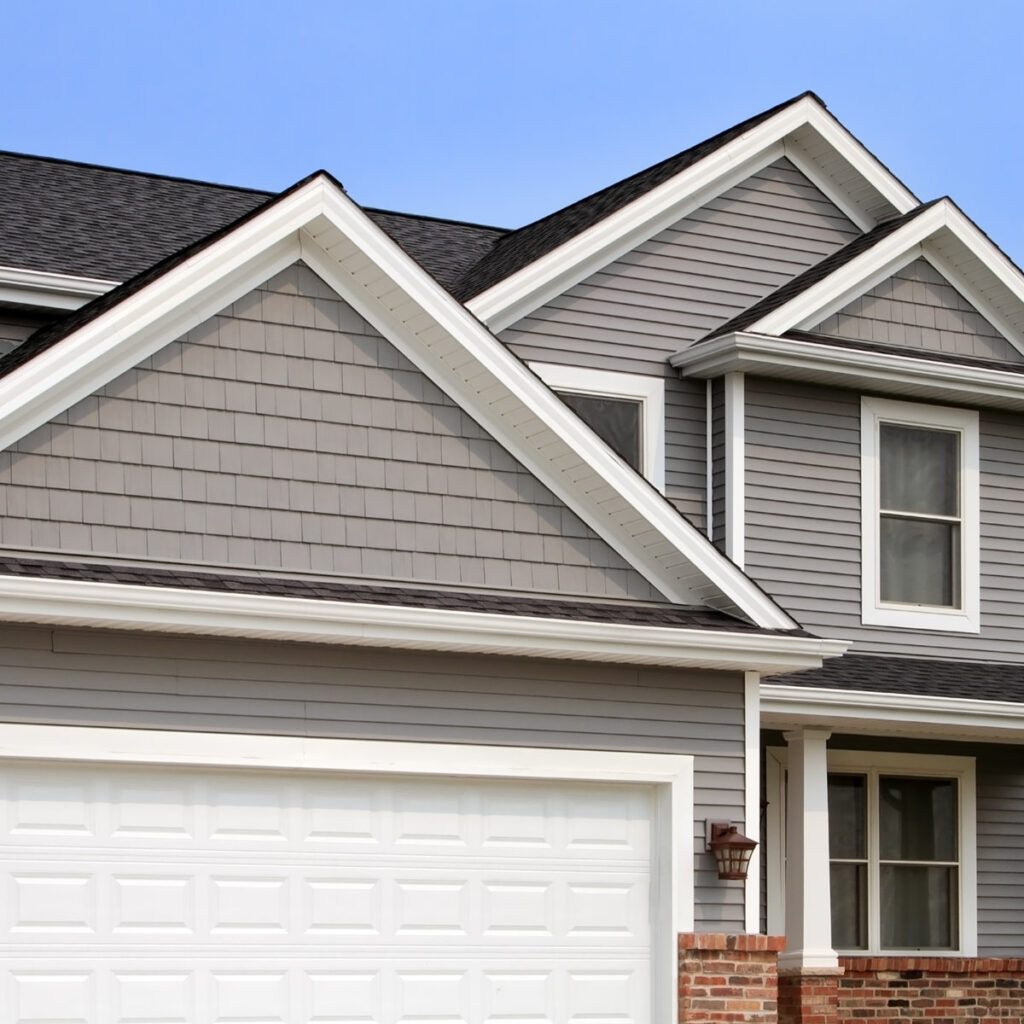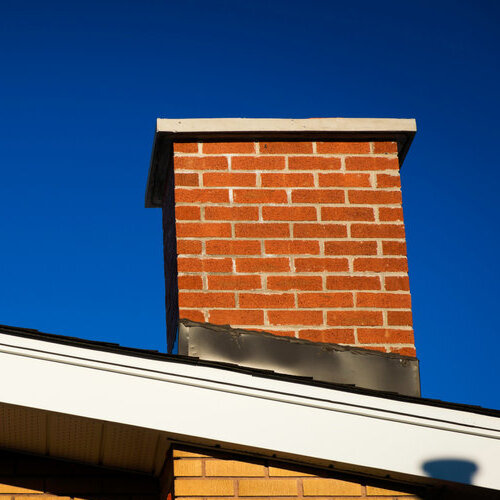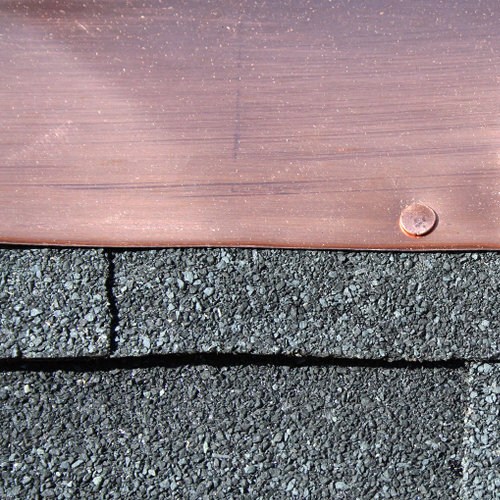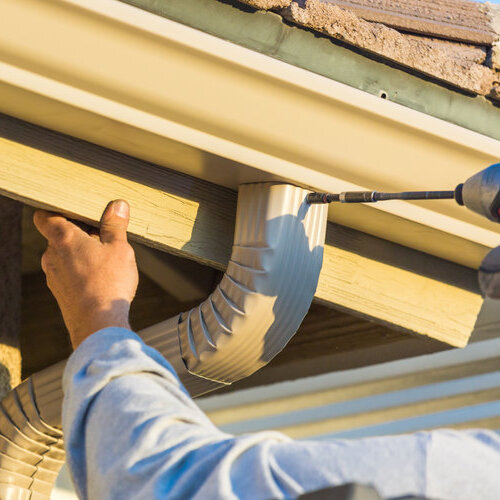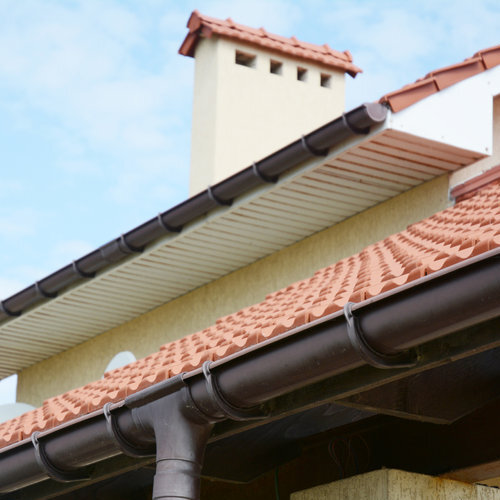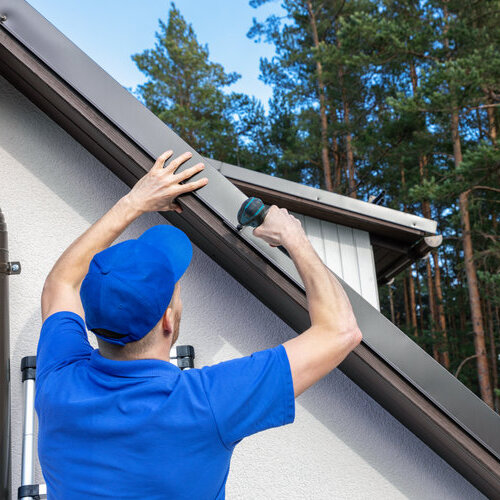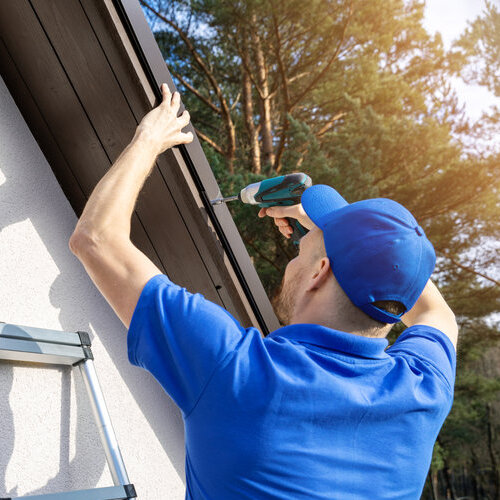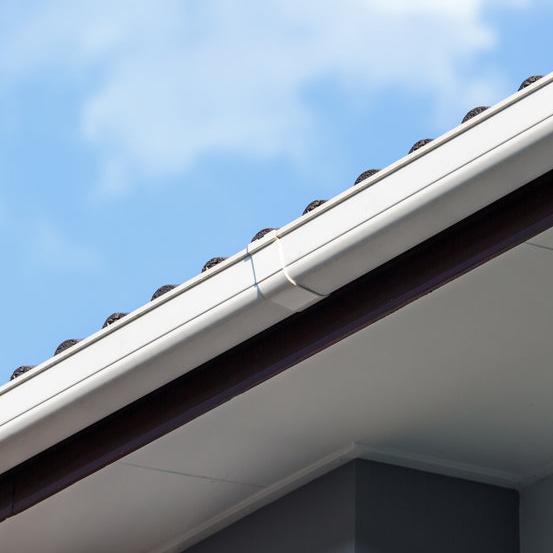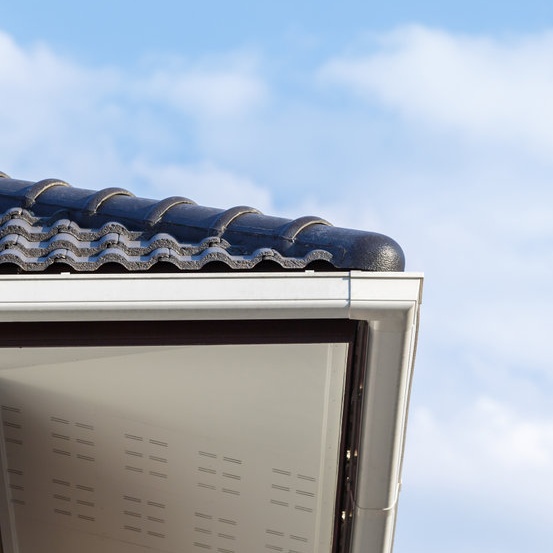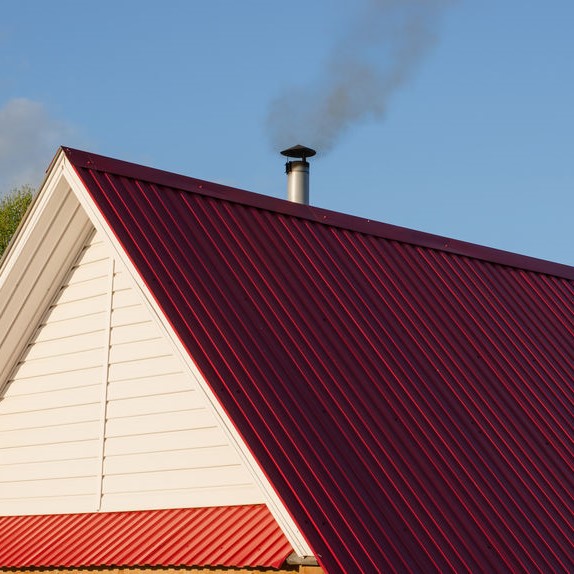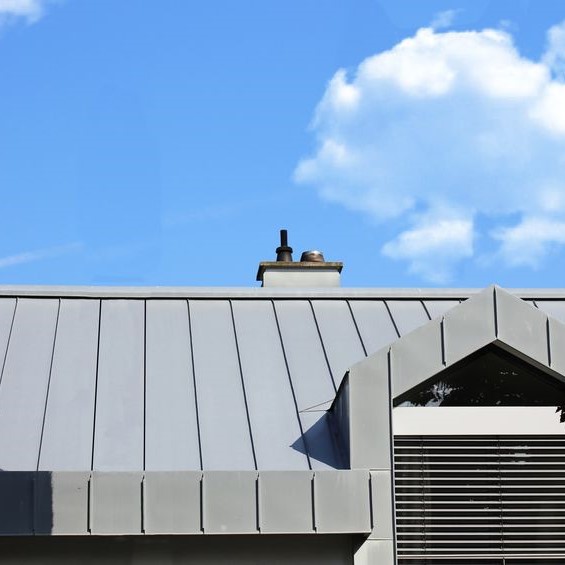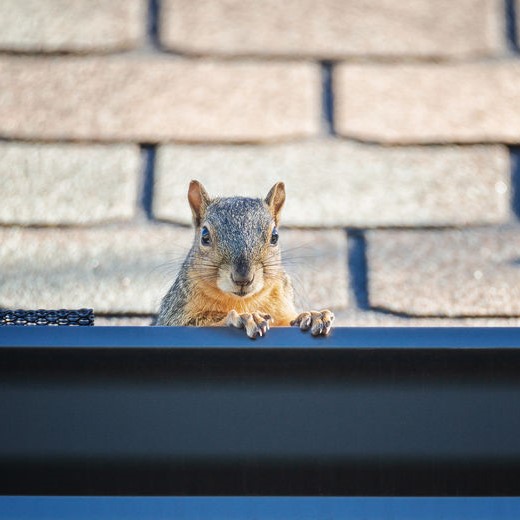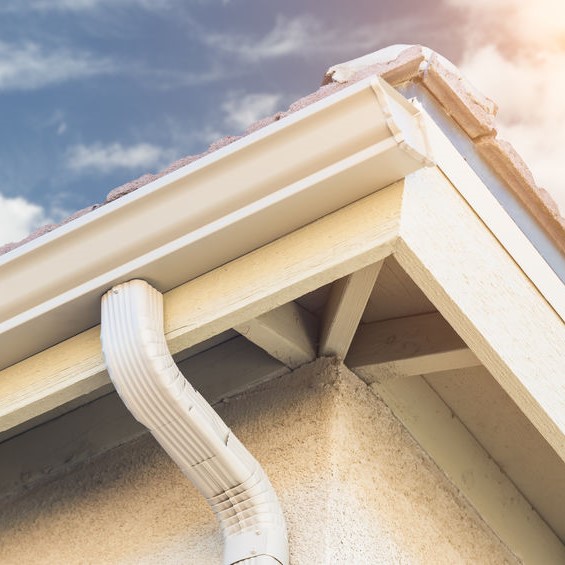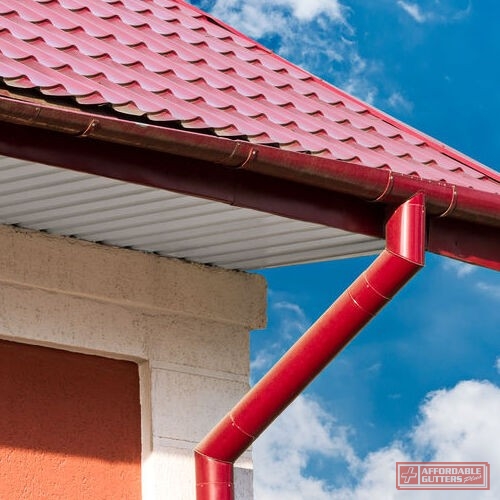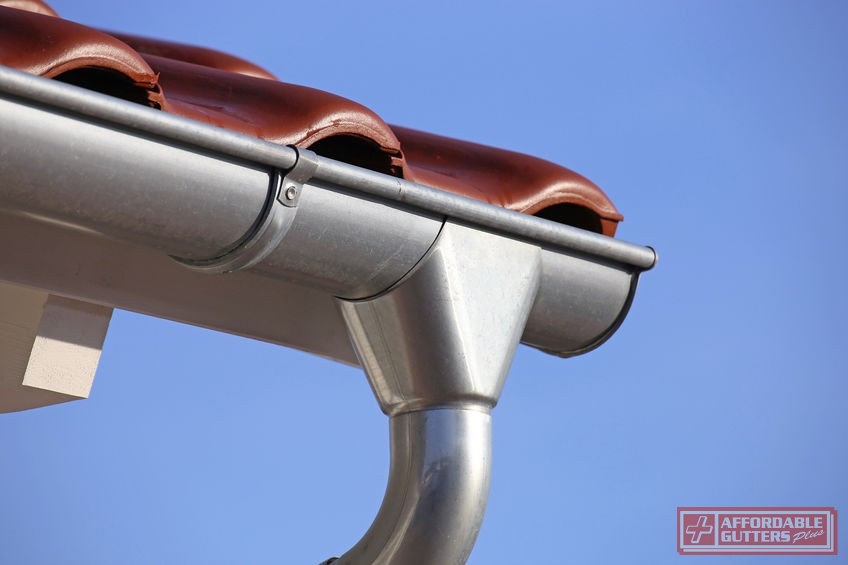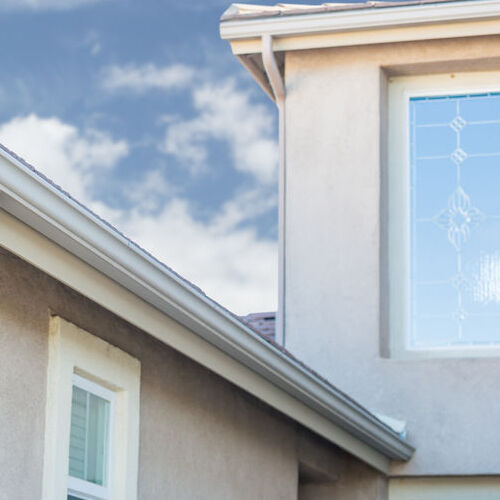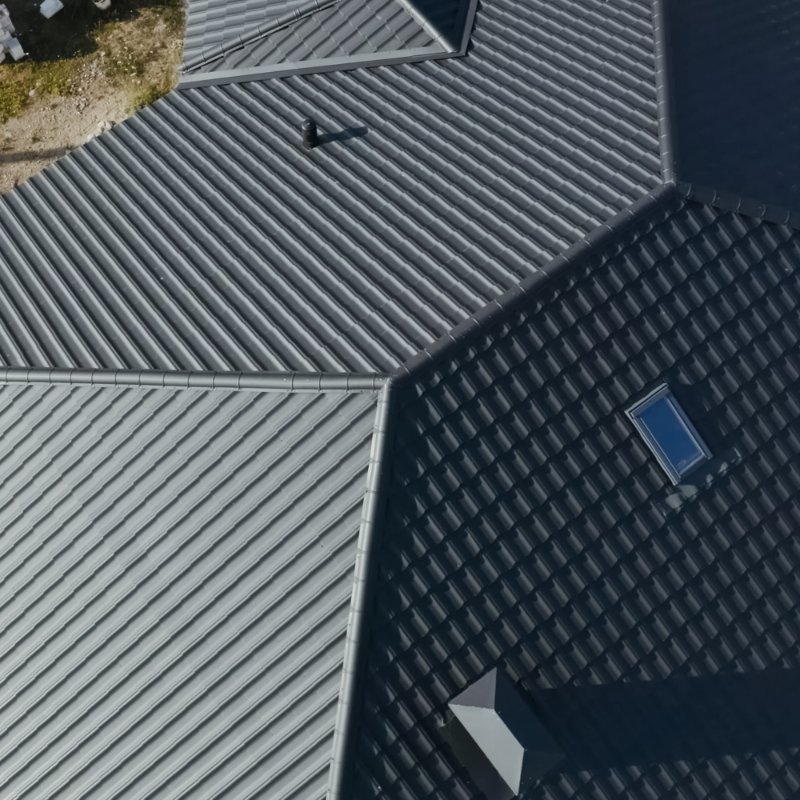
Choosing a Metal Roof
Each year, after extreme hot summers and multitudes of hailstorms coming through the Canton, Georgia area, homeowners that need new roofing are choosing a metal roof installation. Once a roofing material used on barns and industrial structures, is now popular for residential structures.
Why, what are the advantages of metal roofing that has made them so popular? A metal roof installation of today won’t look anything like the old barns. There are several benefits to a metal roof for homeowners to appreciate:
- Lifespan: A metal roof installation could be the last one you’ll ever need! Compare to an asphalt roof life expectancy to is maximum of 20 to 25 years, a metal roof will last up to 70 years! Depending on the type of metal, they have been known to last 100 years.
- Durable: A metal roof installation correctly done will take winds up to 140 miles per hour. Metal roofing won’t corrode, crack, and a good quality metal can be impact resistant. Maintenance on a metal roof isn’t required like with asphalt or tile roofing. Periodic professional roof inspection is recommended to make sure fasteners are tight.
- Safety. With a metal roof installation, your home is safe from sparks and igniting into flames from lightning and wildfires, a big plus here in Georgia.
- Energy Efficient: A metal roof installation reflects the suns UV that contributes to radiant heat on a roof surface. This can reduce your cool cost up to 25%!
- Environmental: As much as 95% of the materials for a metal roof installation will be recycled content and is 100% recyclable when it is removed. An asphalt shingle roof adds to the 20 billion pounds in landfills when torn off.
So, are metal roofs good for hot climates?
Absolutely! When we think of metal and the hot sun, we think HOT! But the truth is, metal roof installation will keep your home cooler in three ways:
- First: Choosing a light-colored metal will reflect the radiant heat. Or if you choose a dark-colored metal roof installation, there are special pigments added to the color that will reflect the radiant heat.
- Second: A metal roof installation cools down quickly as the sun sets. Asphalt shingles and other roofing materials retain the heat throughout the night.
- Third: A metal roof installation that has the appearance of shakes, shingles, or tile have an integral airspace between the roof decking and the metal roofing material. This creates an airspace that becomes a thermal break and stops any conductive heat transfer.
What are the disadvantages of metal roofing?
Like anything, where there are advantages, there are disadvantages too. A metal roof installation isn’t any different. The disadvantages include:
- Cost: A metal roof installation is up to three times more the cost than an asphalt shingle roof installation. If you’re considering metal roof on your forever home, it is a great investment. For short-term housing, you won’t see the financial benefits.
- Noisiness. “Are metal roofs noisy?” is always a major concern, and yes, during a hard rainstorm and hailstorms, if proper decking isn’t used when installed, it is louder than an asphalt shingle roof. Additional insulation in the attic can minimize the sound.
- Contracting, Expanding, and Fasteners. Metal roof installations are done with large metal panels that contract and expand with the temperature. The fasteners, the neoprene washers, and the screws used degrade overtime and become dislodged. This is the purpose of the recommended annual inspection so they can be found and replaced before any leaking issues are started.
- Inconsistent Color Match. If a metal roof needs repair, matching the exact color used in the metal roof installation can be difficult. The entire roof can be repainted to create a cohesive color match.
- Performance. If the metal roof installation is done poorly, water can accumulate on the roof and begin to rust. So, will my metal roof rust? Yes, if the metal you choose for your metal roof installation isn’t properly coated a protective layer, it can rust. Choosing to skip that additional expense will allow the metal roof to oxidize and form rust.
How do you treat rust on a metal roof?
With a wire brush, scrub the rusted areas then use an 80-grit wet/dry sandpaper and go over the area. Next, apply a rust inhibitor over the affected area with rust inhibitor. After that, you may choose to paint the entire roof.
What metal roof is best?
There are two types of metal roofing systems – Standing Seam and Screw Down Panels. Both metal roof systems have a place in the roofing arena, but for residential structures, standing seam is the most recommended. The panels lock together at the seams or can be mechanically fastened. Under each seam is a fastener that allows the panels to flex with the temperature changes. The screw down panel system has no room for contracting and expanding.
What can damage a metal roof?
Other than a tree falling on a metal roof, the other possible damaging factor would be hailstones. A metal roof installation will typically deflect most hail, but the velocity and angle the hailstones hit could cause cosmetic damage.
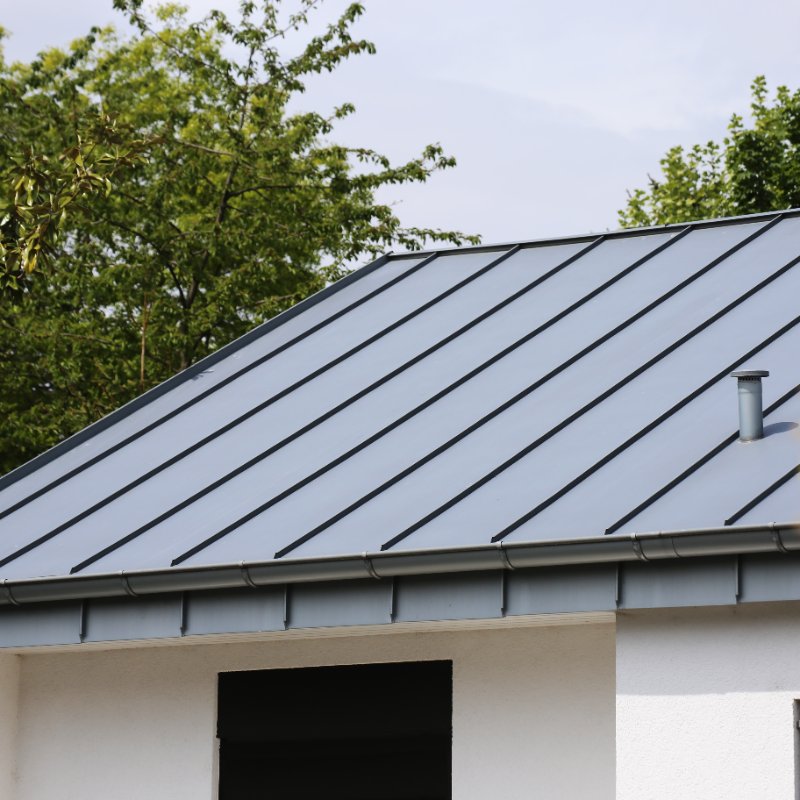
When All Is Said And Done – Which is better: metal roof or shingles?
Both are excellent choices for a home, but the initial cost is the first deciding factor. A metal roof installation is up three times more than an asphalt shingle installation. If this is short term concerns, asphalt is better cost wise. For a long-term concern, metal roofing is strong in the weather and more energy efficient.

